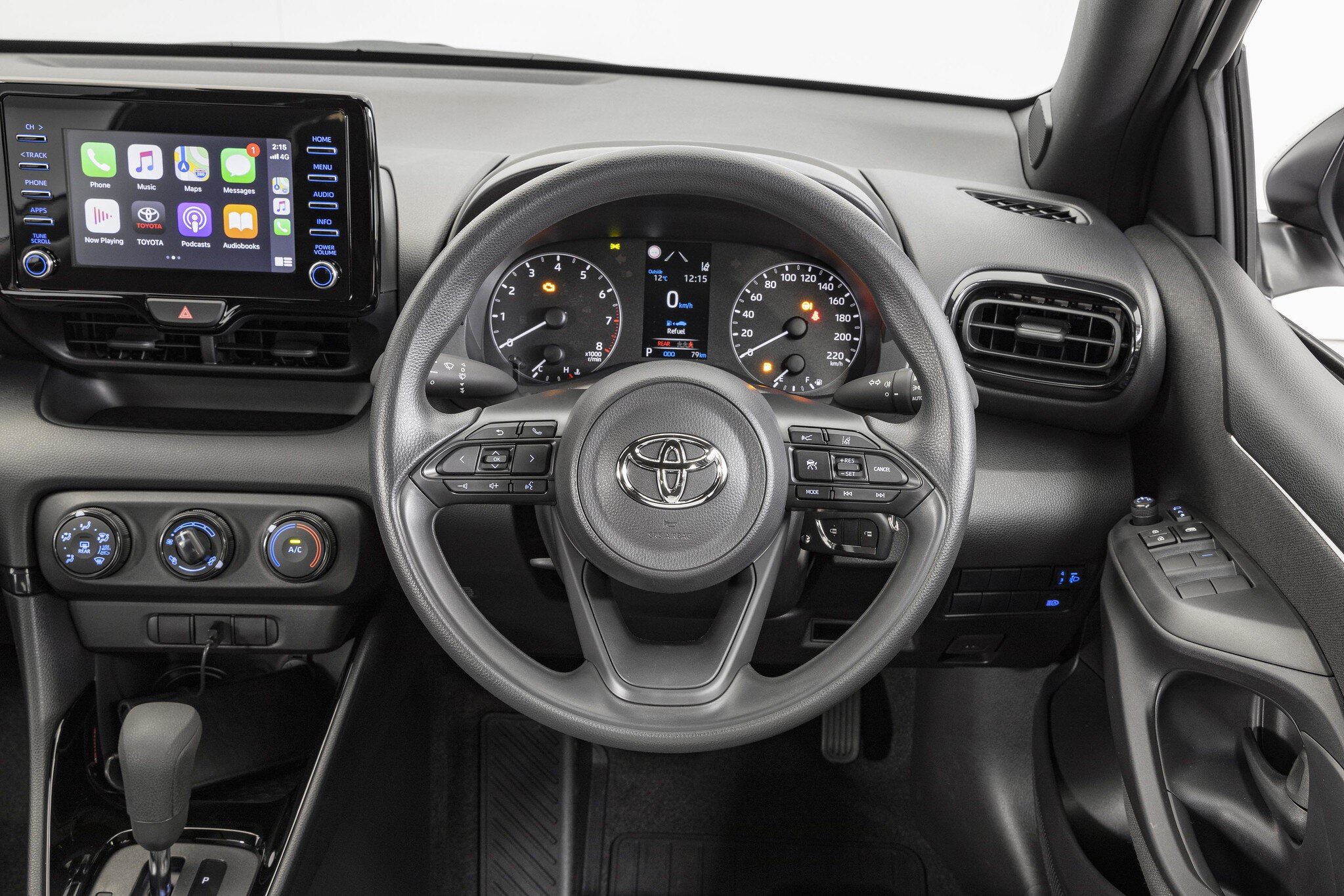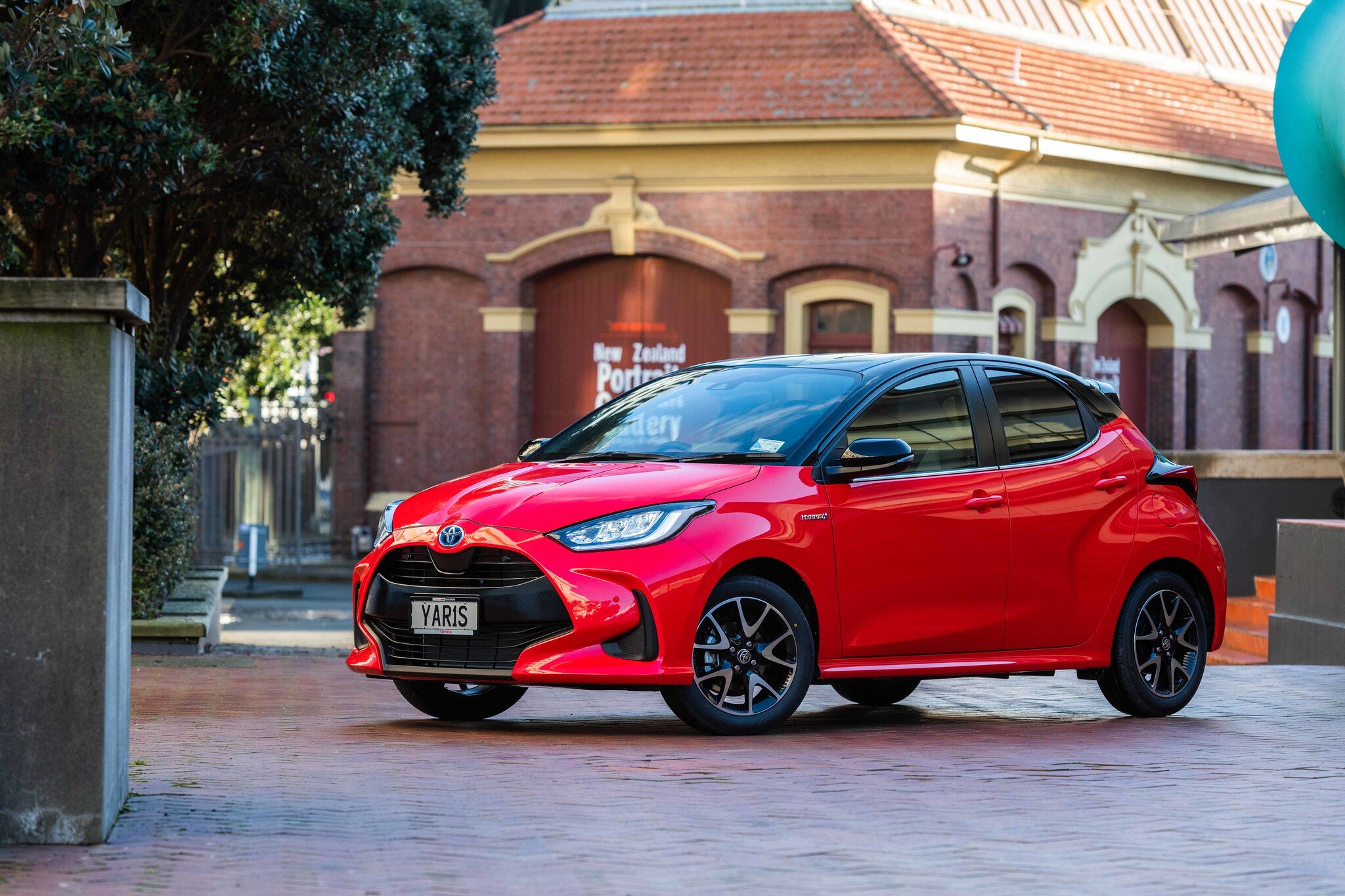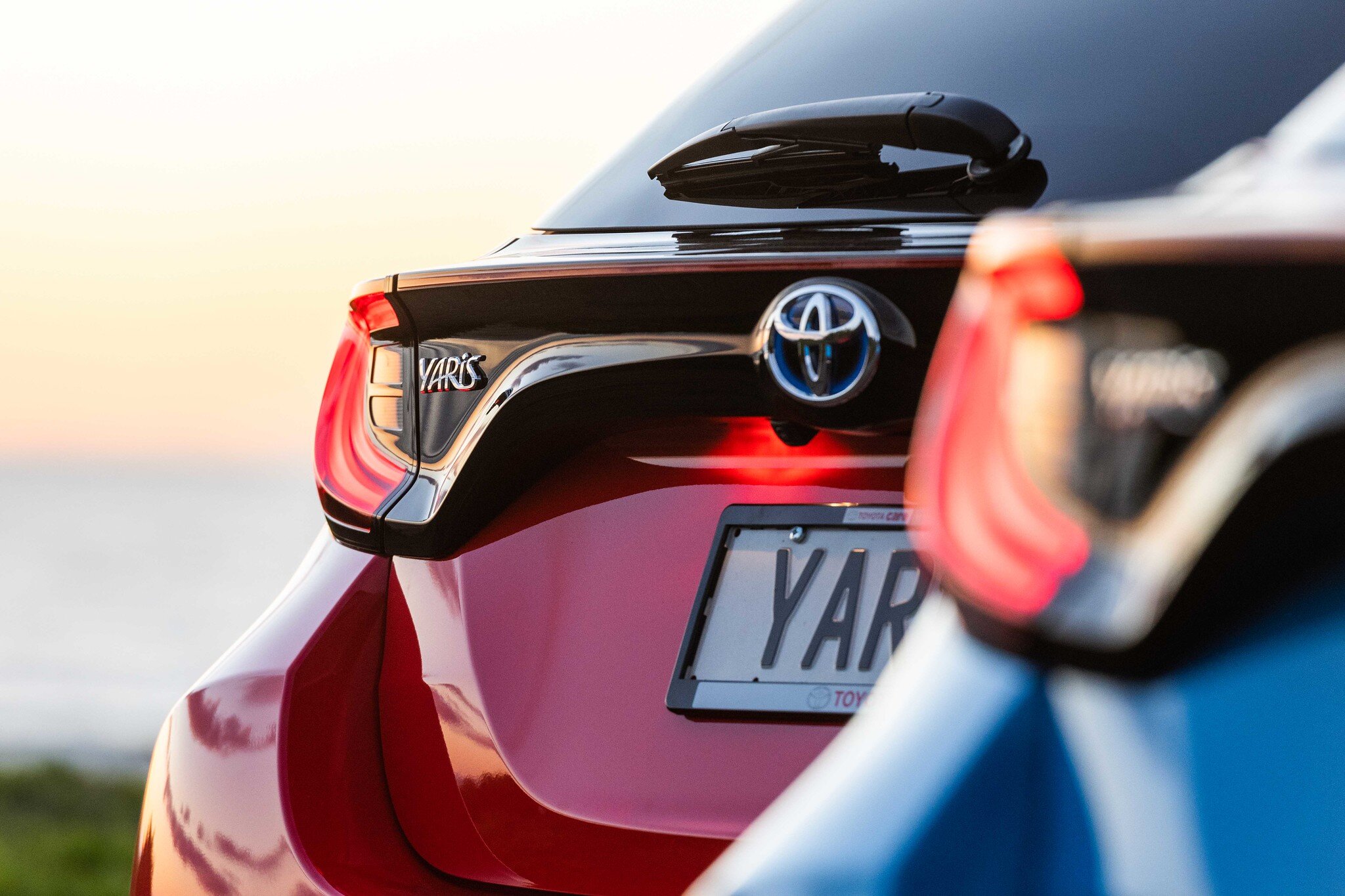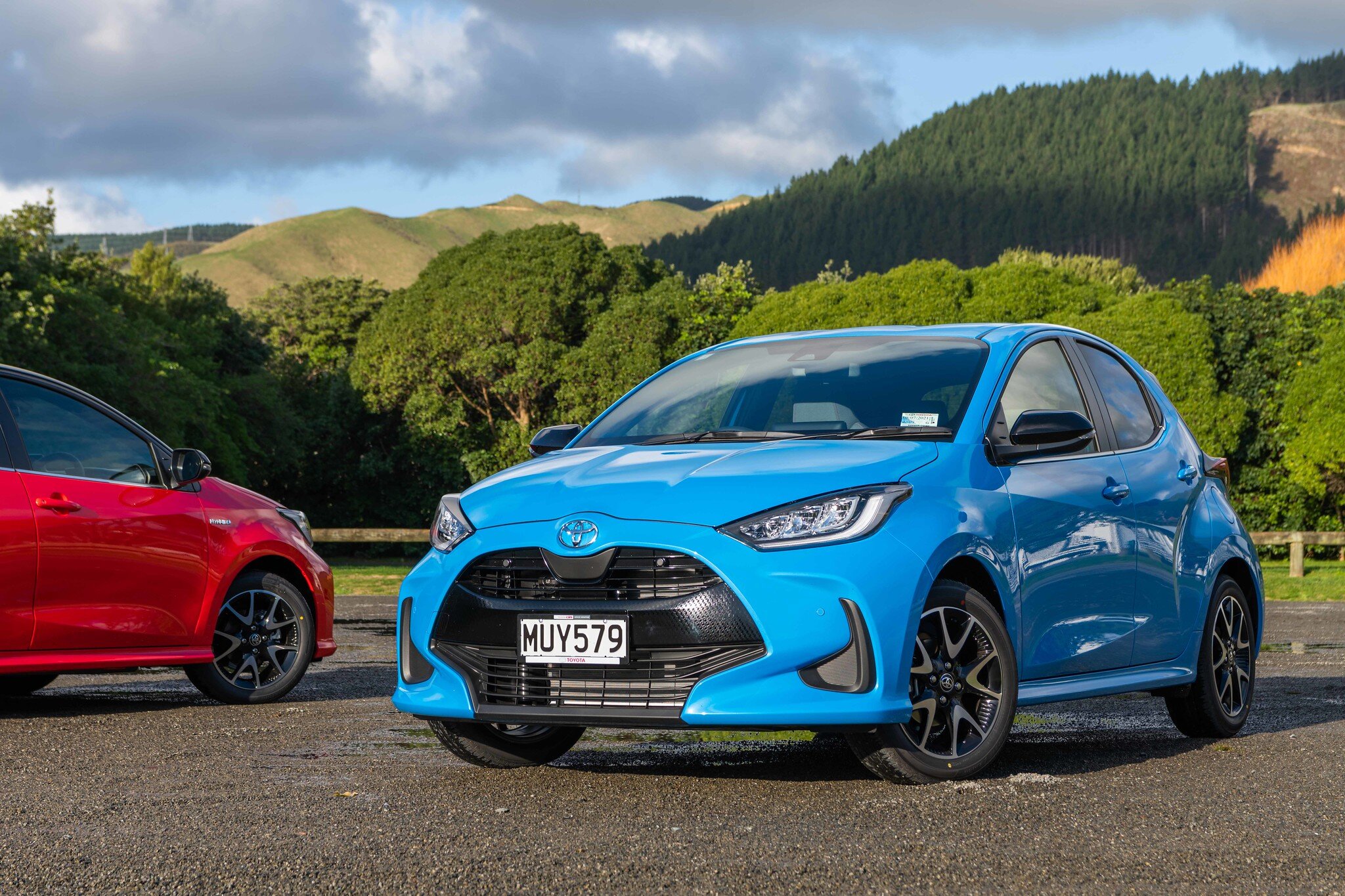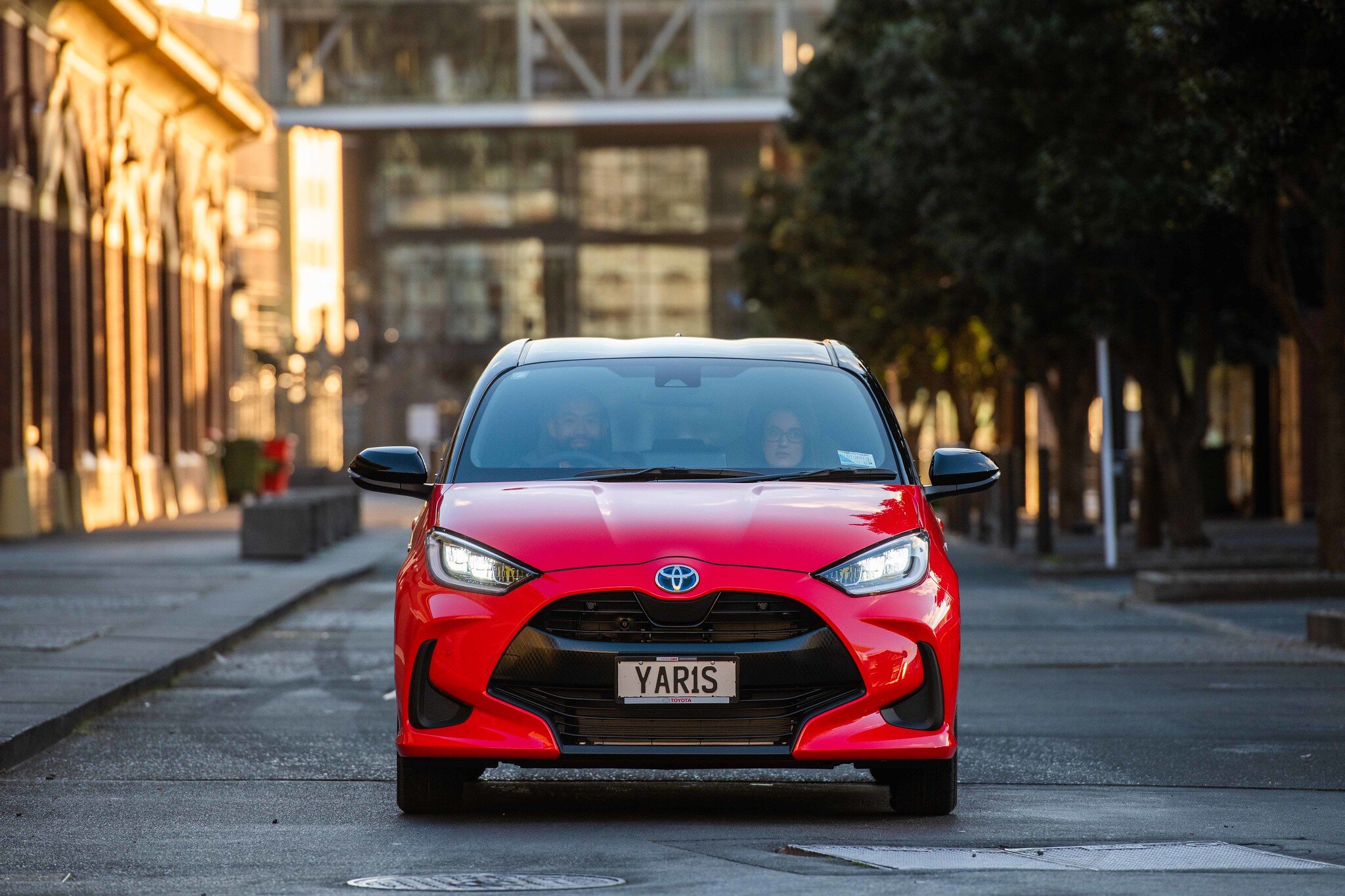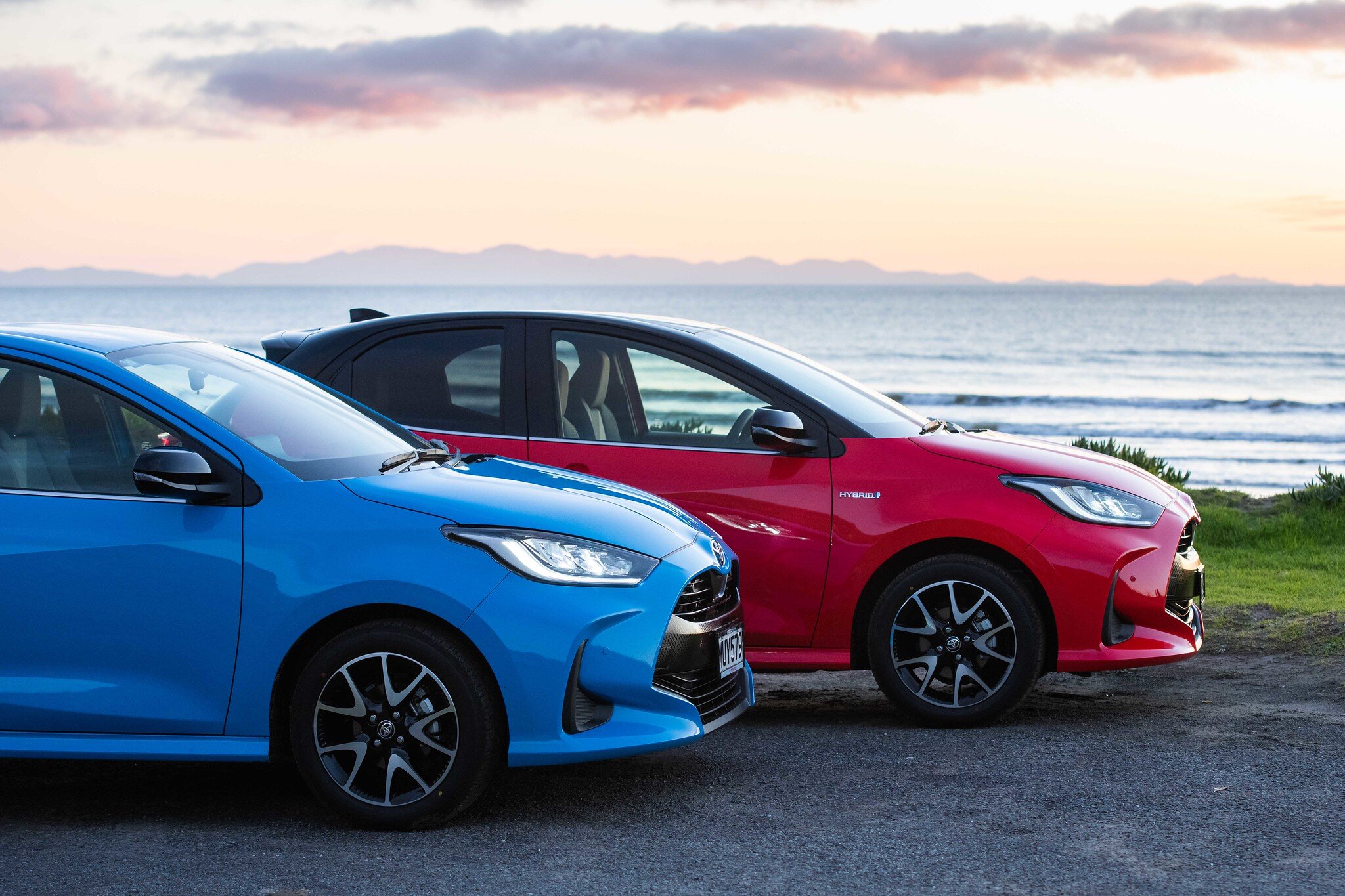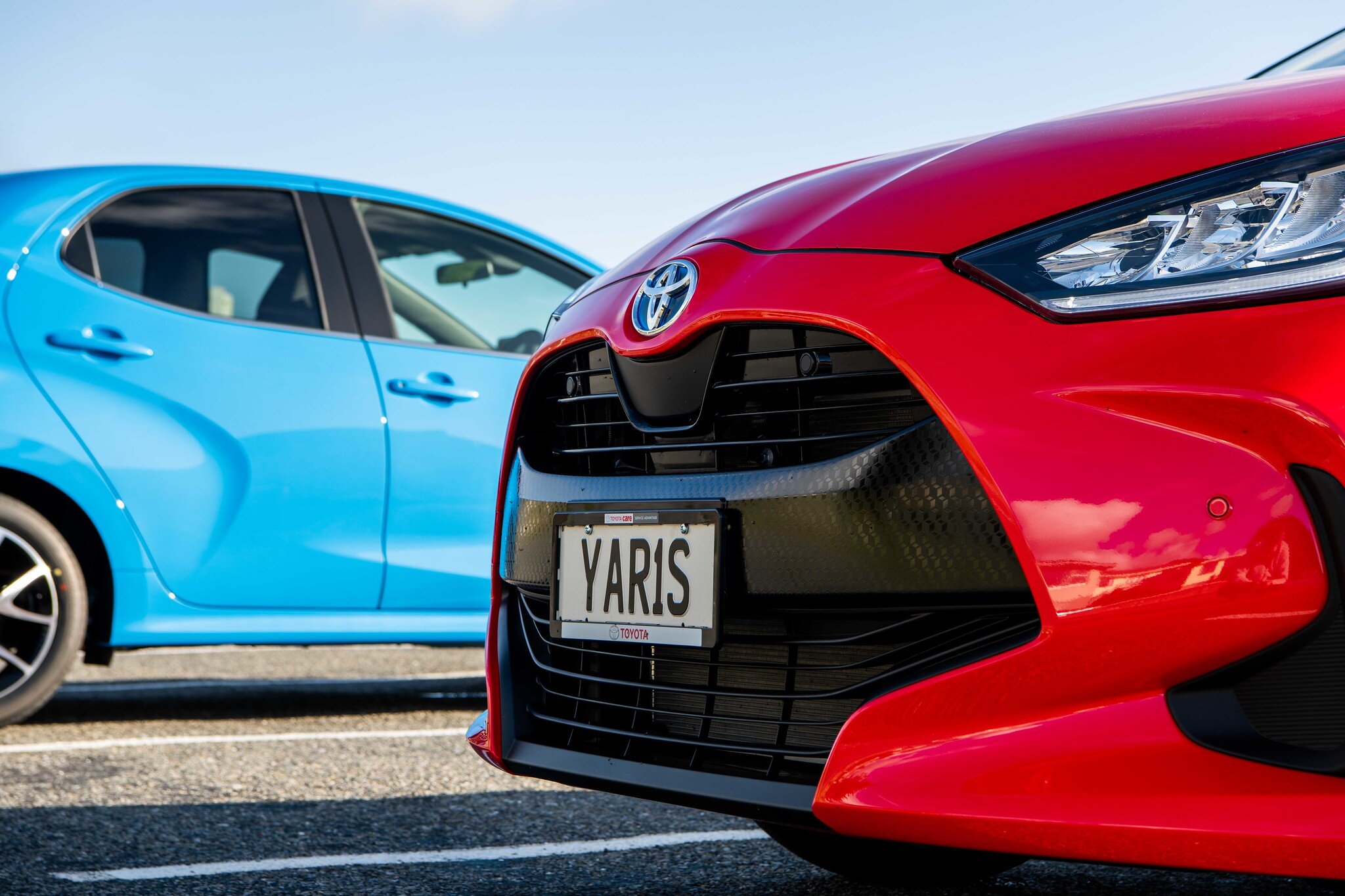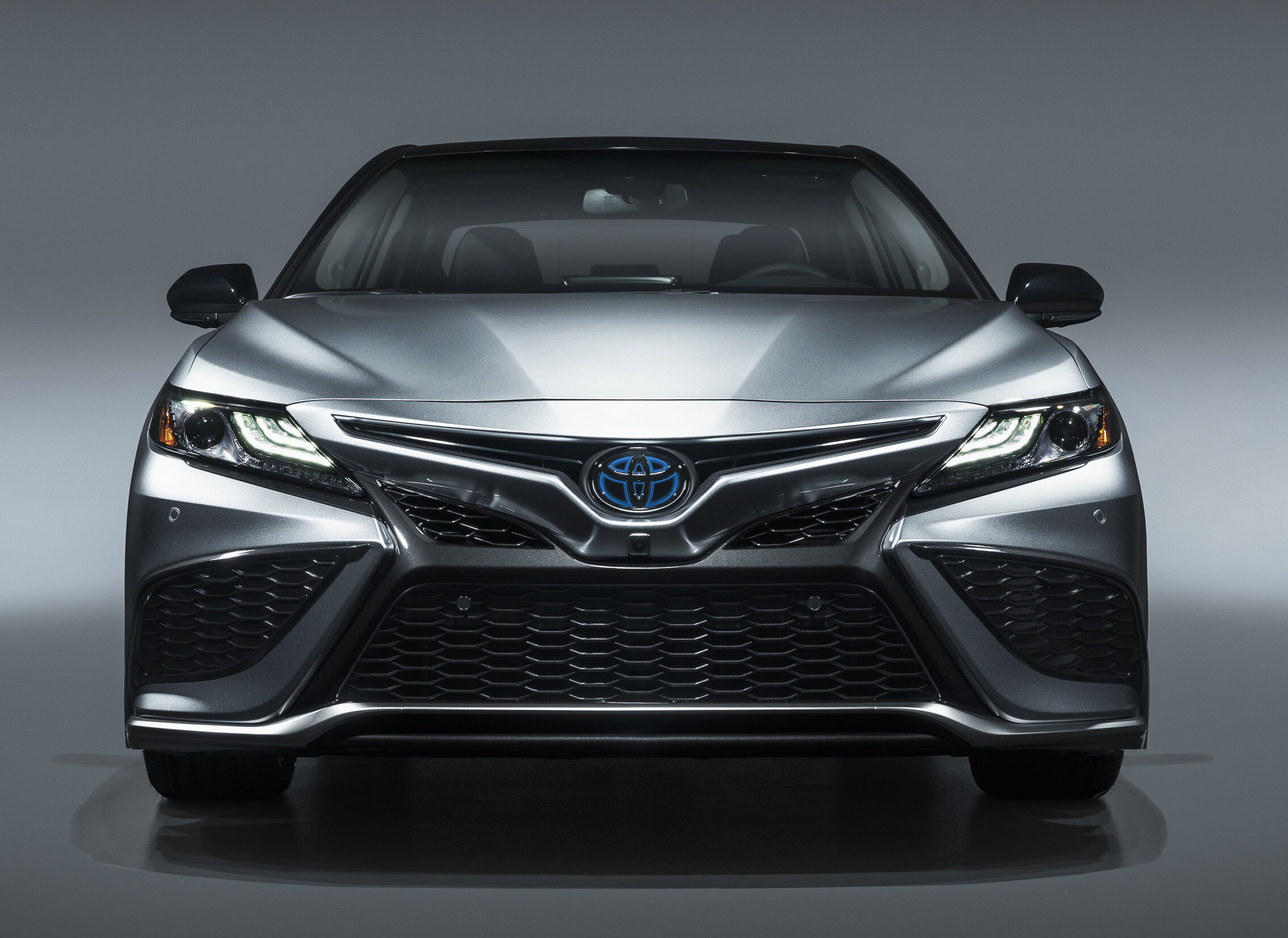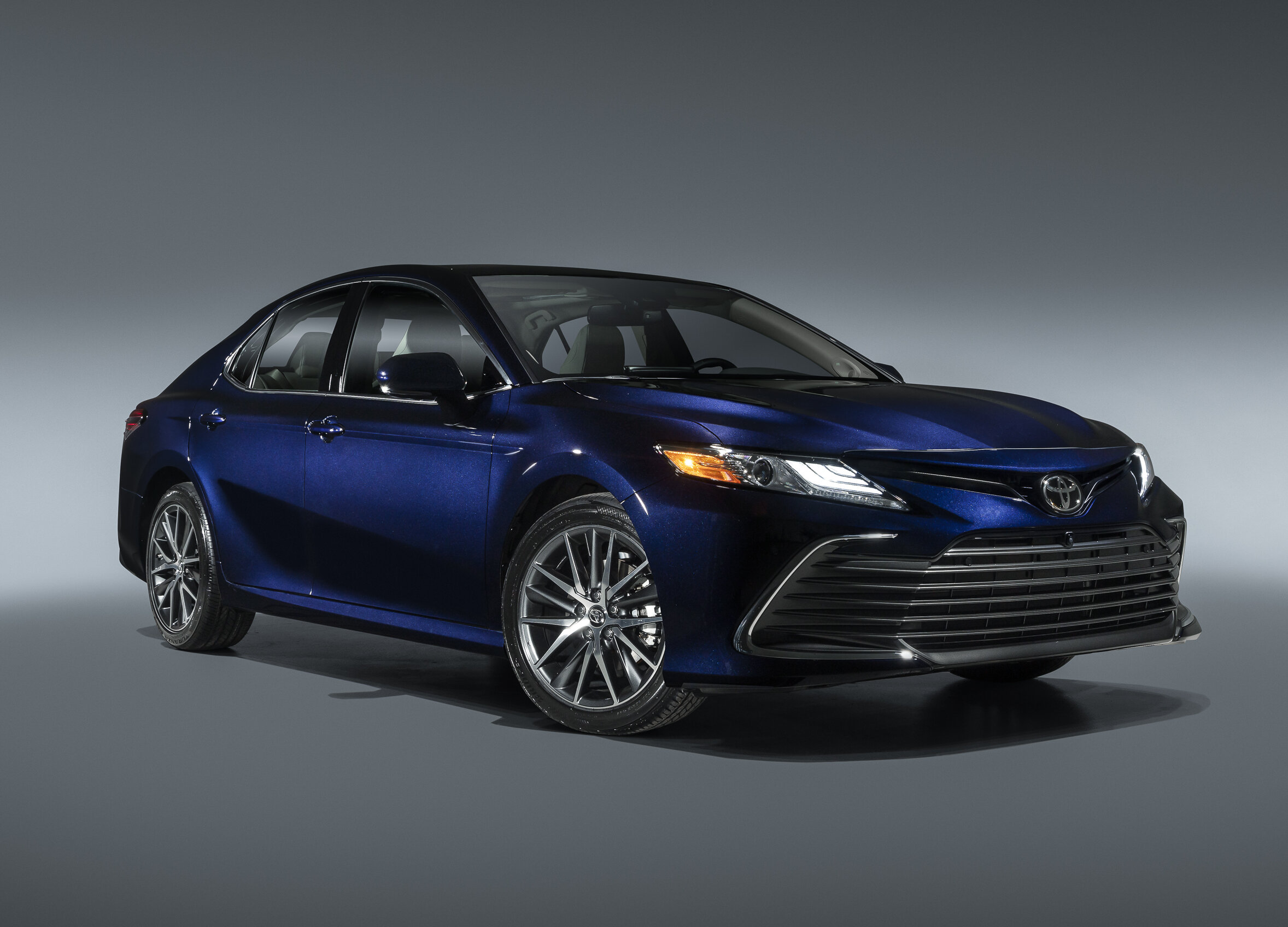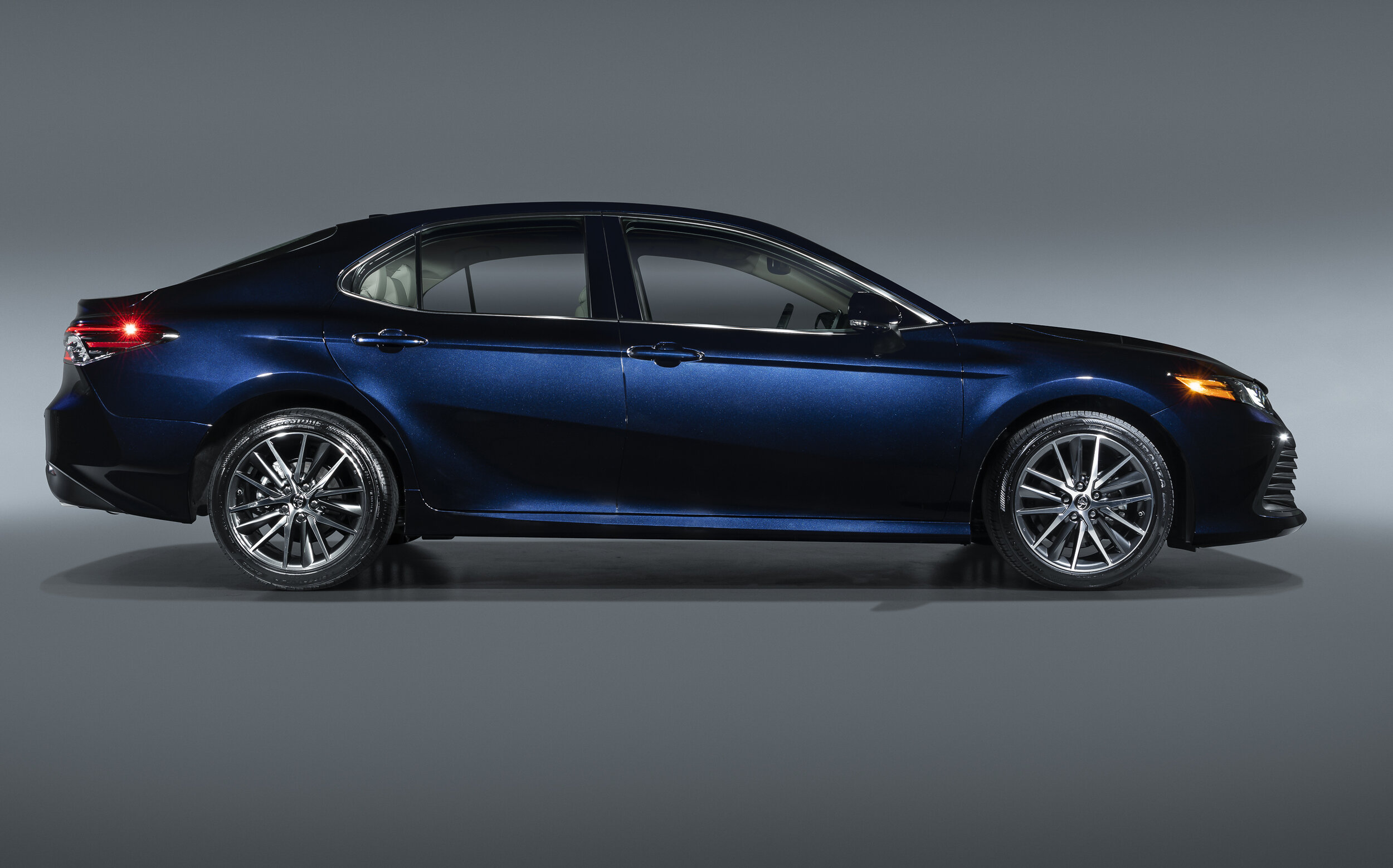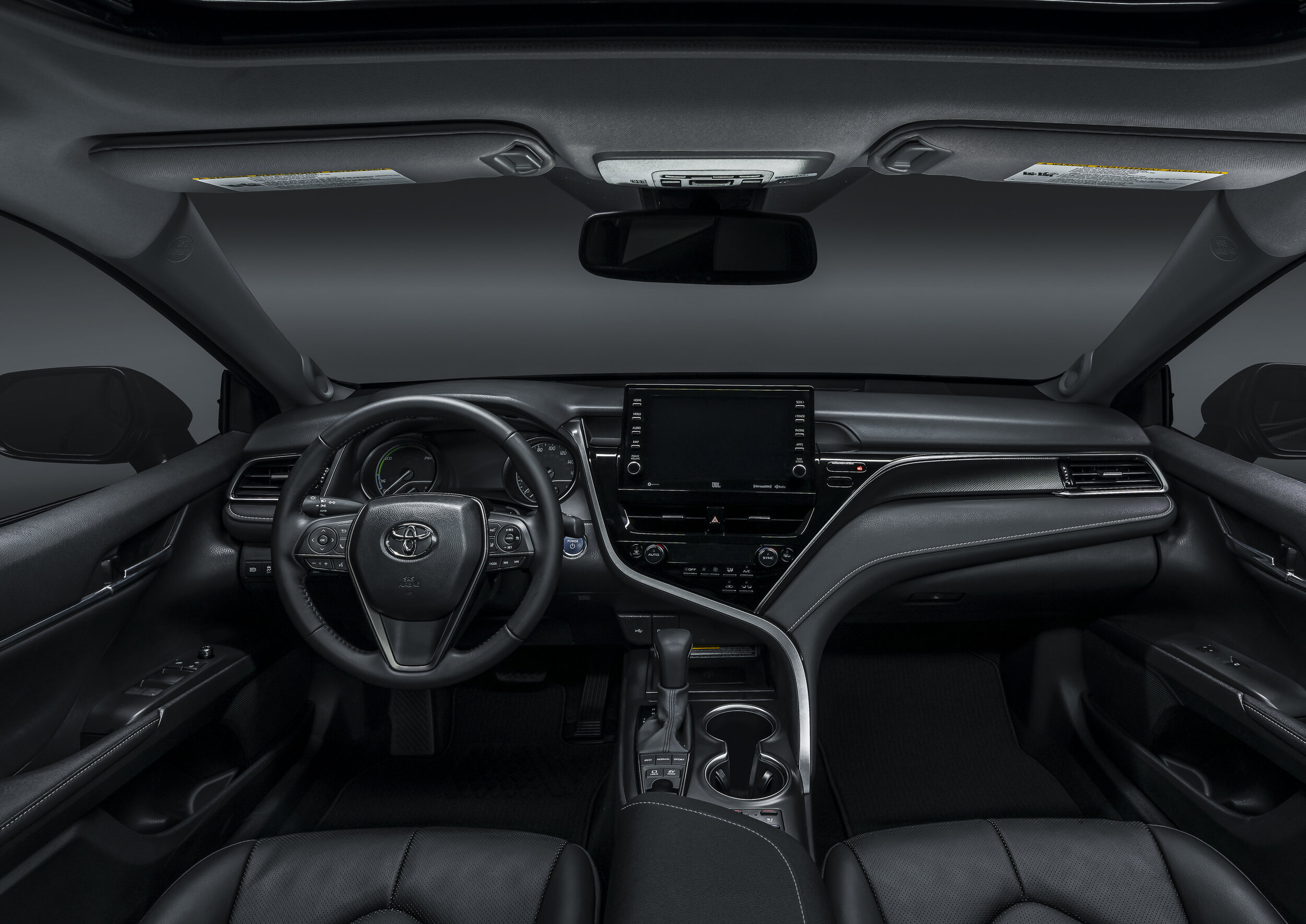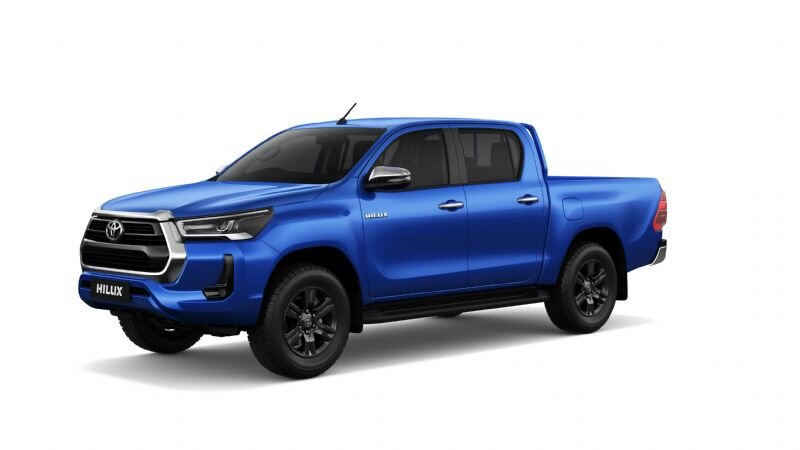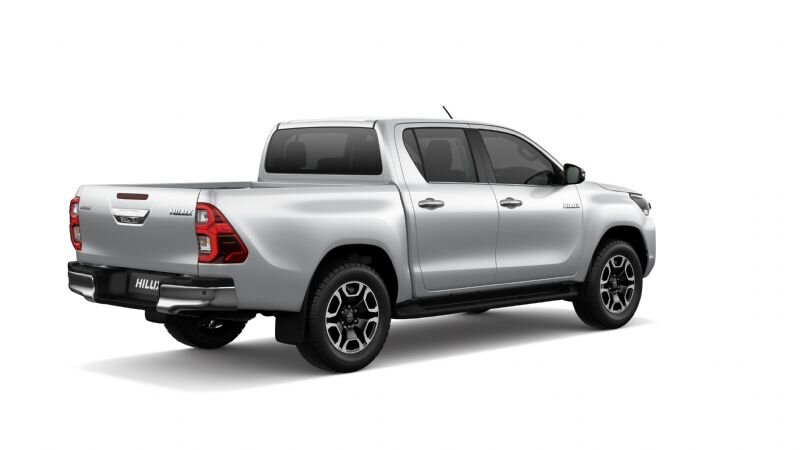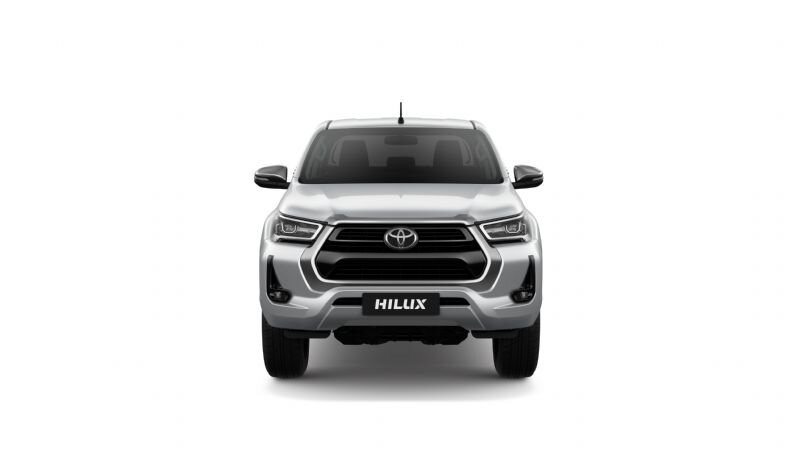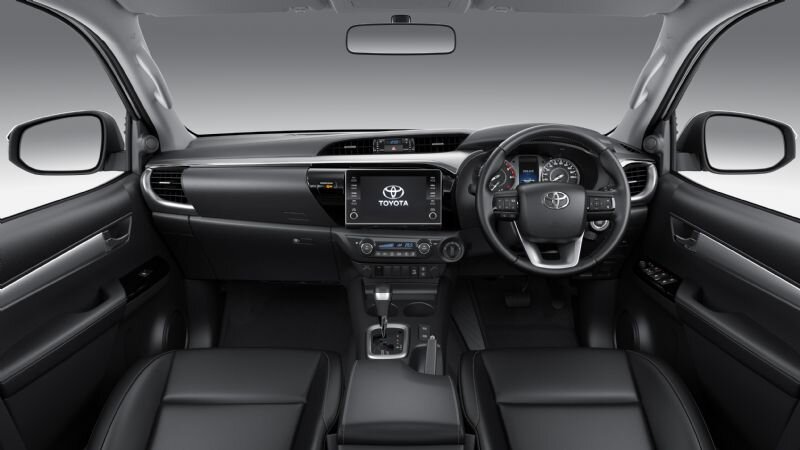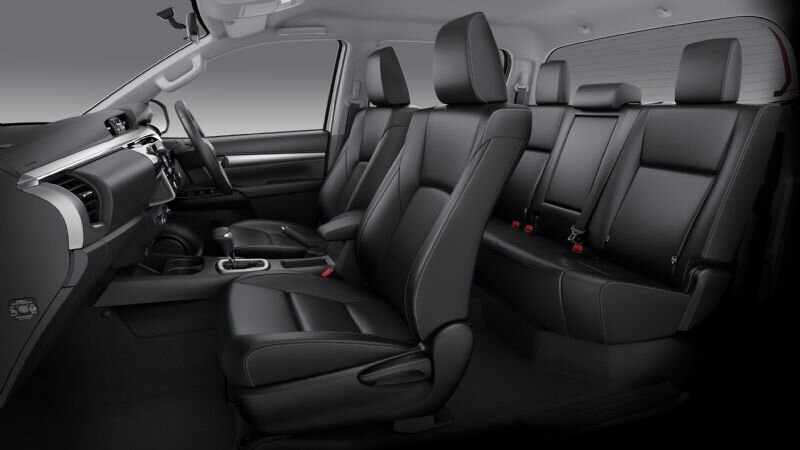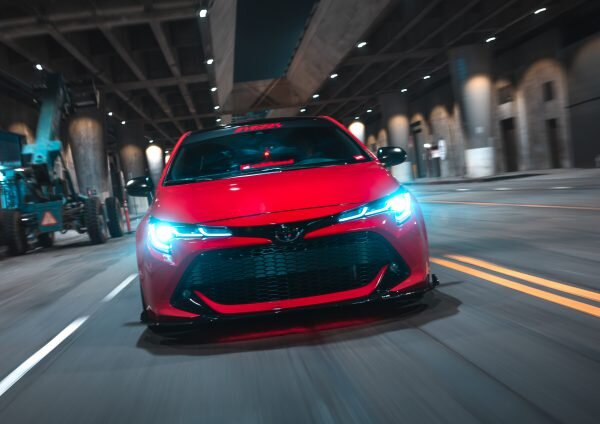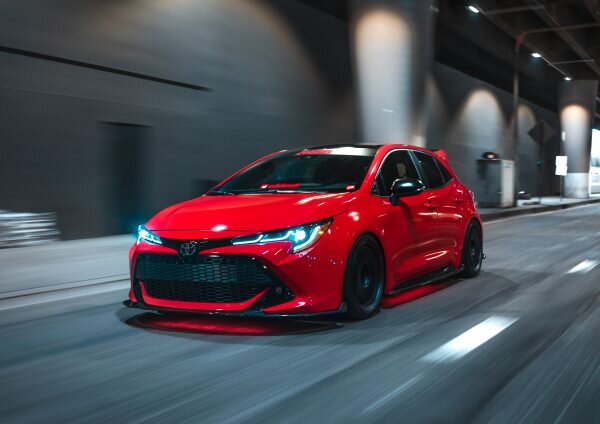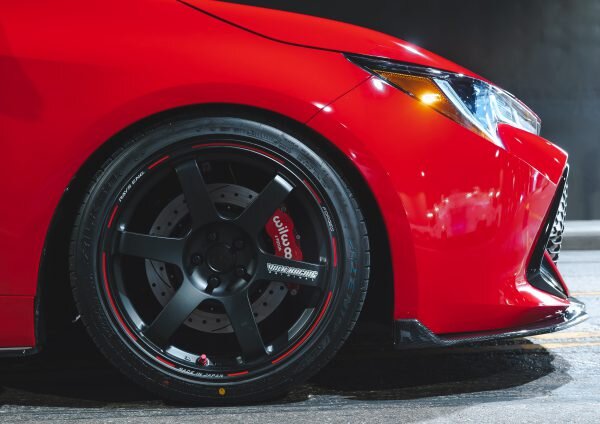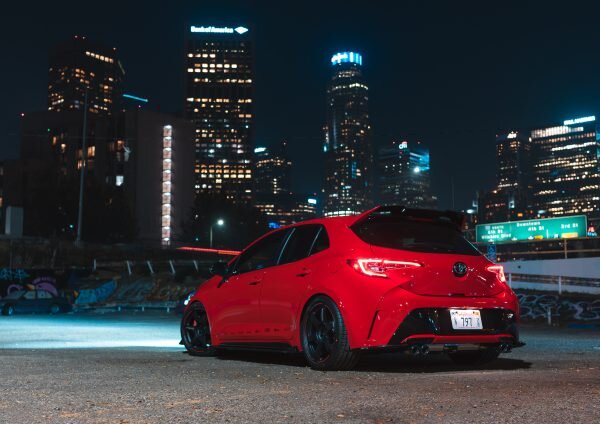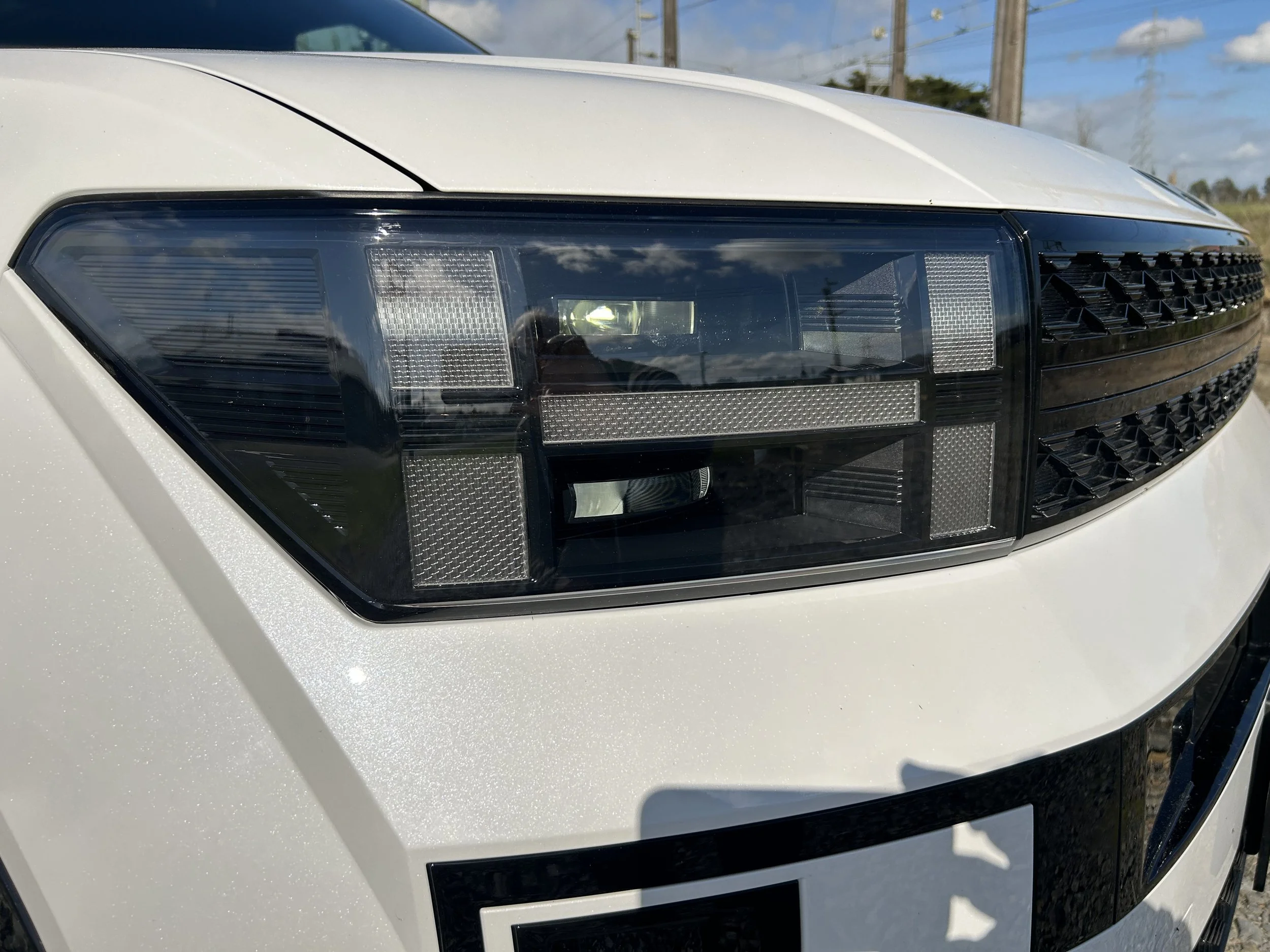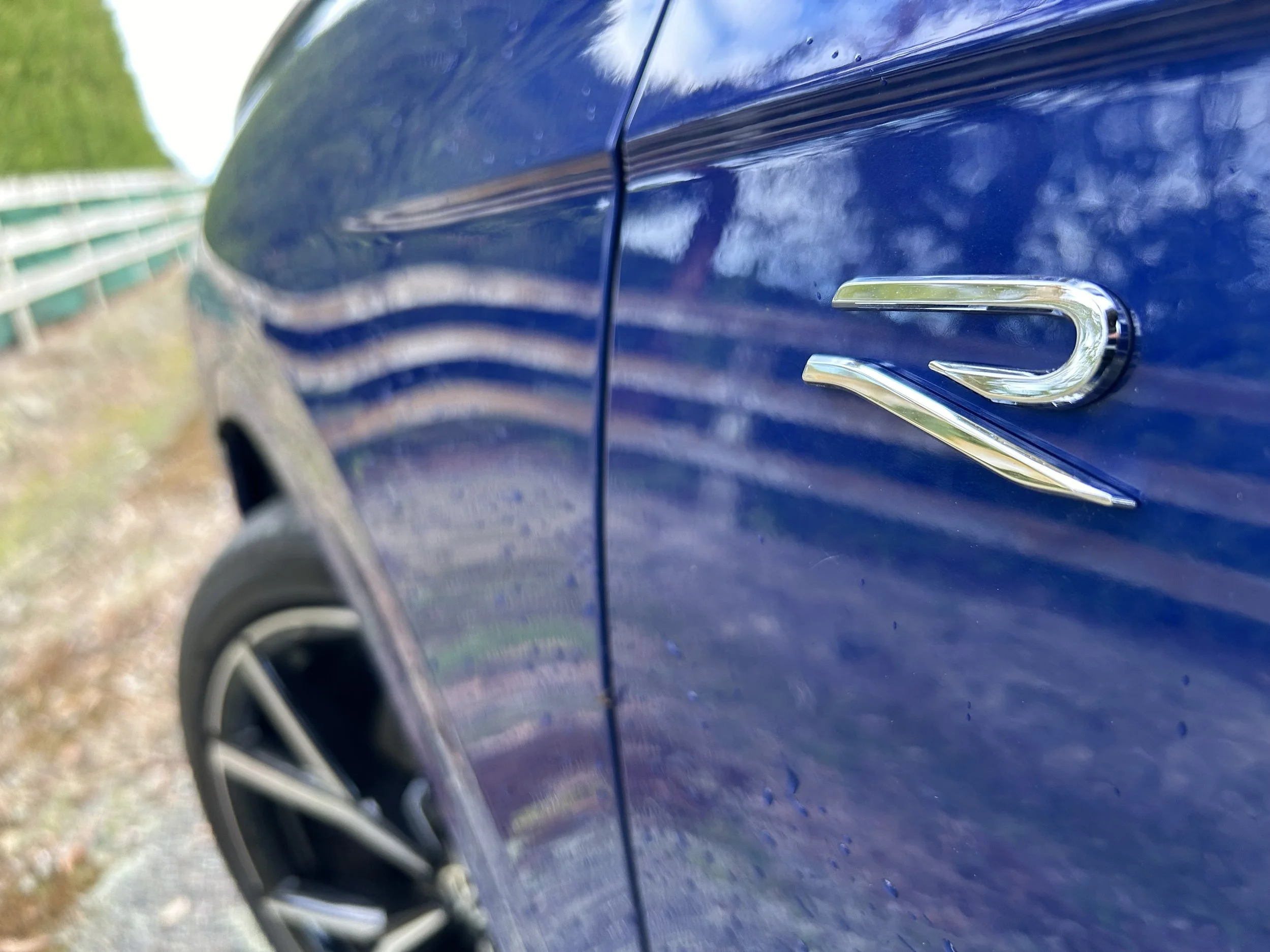Now there are three?
/Landcruiser Prado looks set to be a candidate for the newly-updated 2.8-litre four-cylinder turbodiesel announced for Hilux and Fortuner.
UPGRADES similar to those confirmed for the mid-life updated Hilux and its Fortuner sibling will spread into the Prado four-wheel-drive.
Toyota New Zealand has yet to respond to a call asking about latest revisions, however information shared in the venerable Landcruiser’s core market, Australia, spills the beans.
The big change is that it achieves the same upgraded 2.8-litre four-cylinder turbodiesel in identical tune to that already announced for the Hilux and Fortuner – for Prado, that means 20kW more power and 50Nm extra torque.
There are also improvements to the equipment level, in respect to safety as well as comfort – and, yes, no surprise that it’s another Toyota to finally achieve Apple CarPlay and Android Auto compatibility.
Prado’s latest refresh follows a mostly cosmetic update meted two years ago and comes as it enters an 11th year of production – that’s almost twice the normal life span for a passenger car but is par for the course for large off-road machines. The larger Land Cruiser 100-Series, whose update has already been revealed overseas and has a good chance of showing here before year-end, has been around for even longer.
TNZ has not shared its thoughts about the future sales prospects for Fortuner, however it is probable some re-evaluation will be required as it has been among models that have been pitched heavily into the rental scene, mainly for winter use, particularly in Queenstown. Same goes for Prado.
Vehicle registration stats show 542 of the 816 Fortuners plated-up in 2019 were for rental. With Covid-19 having destroyed international tourism, the hire scene penetration has unsurprisingly completely eroded this year and, with 154 units registered to date, buyer interest in general is also well down,.
Prado, meantime, claimed 1056 registrations in 2019, of which 586 were rentals, and since January 1 this year has so far found 173 registrations, of which three are noted as heading into rental use.
The engine update is as touted for Fortuner and Hilux. Maximum outputs are now cited at 150kW and 500Nm in all three models when married to the automatic transmission that is standard to the wagon variants.
The Prado being the heaviest model with this engine will likely be the slowest off the mark to 100kmh, and potentially might be the thirstiest, though in that respect there is still improvement.
Toyota suggests the combined fuel consumption has been reduced and combined CO2 emissions are also down, this coming from adoption of a variable flow control power steering device and modifications to turbo design and cooling system.
A new water-cooled, heavy-duty ball-bearing turbocharger with a newly developed variable nozzle vane mechanism features, while cooling and efficiency have both been stepped up thanks to “optimised pistons and piston rings, changes to the cylinder block and head, higher fuel-injection flow rate and the adoption of high-performance materials for the exhaust manifold”.
As before, drive is sent permanently to all-four wheels via a six-speed automatic transmission with a low-range transfer case.
Maximum braked towing capacity also holds firm at 3000kg for Prado; with Fortuner this increases from 2800kg to 3100kg.
Both model lines gain changes within the cabin. With Prado, the touchscreen is upgraded to an 8-inch display and the instrument cluster and multi-information display have been revised with new information displays including front wheel turning angle.
The Fortuner range has two specification levels – the GXL, and the Limited. Both variants gain parking support alert, which includes two front and four rear parking sensors.
With Prado rain sensing wipers have also been added across the range and features contained within the Toyota Safety Sense system upgraded.
The autonomous emergency braking system has been expanded to now detect cyclists in daylight and pedestrians at night (previously only in the day) while the lane departure warning system can now brake one side of the vehicle to help the driver remain in their desired lane.
Road-sign assist with speed sign recognition also joins the package with the new function able to reset the Prado’s cruise control setting.




























